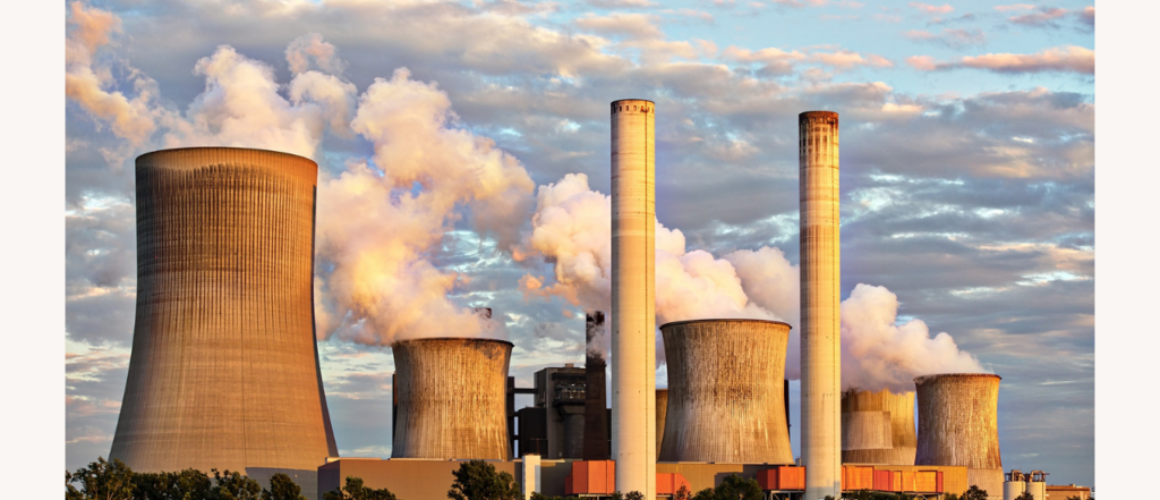Ontario’s Nuclear Ambitions: Pioneering Small Modular Reactors
In the global race toward clean energy, Canada is making a bold bet—not on wind or solar, but on nuclear innovation. At the heart of this transformation is Ontario’s decision to construct the country’s first small modular reactor (SMR) at the Darlington New Nuclear Project site. This is more than a regional infrastructure project—it’s a statement of intent: that nuclear energy will play a central role in Canada’s path to net-zero by 2050.
While nuclear energy has long been a part of Canada’s power mix, the SMR initiative marks a strategic pivot. It brings with it promises of grid stability, emissions-free baseload power, and energy independence. But it also faces technological, political, and public trust hurdles. This article explores why Ontario is leading the charge, how SMRs work, and what this means for Canada’s energy future.
Why Small Modular Reactors?
Unlike traditional nuclear plants, SMRs are compact, scalable, and factory-built, making them faster and potentially cheaper to deploy. With capacity ranging from 50–300 megawatts, they’re ideal for:
- Supporting regional grids
- Powering remote or Indigenous communities
- Decarbonizing heavy industry and mining operations
For Ontario, SMRs offer a compelling answer to growing energy demand, which is projected to increase by 75% by 2050 due to electrification of transport, manufacturing, and home heating. Traditional renewables like solar and wind, while essential, lack consistency and storage. SMRs provide continuous, low-carbon power—filling that gap.
The Darlington SMR Project: What’s Happening?
Located east of Toronto, the Darlington site is home to Ontario Power Generation’s (OPG) next-generation SMR pilot—a 300 MW reactor being built in partnership with GE Hitachi Nuclear Energy. It’s the first utility-scale SMR project in North America, with commissioning targeted for 2030.
- Funding: Over $1 billion in combined federal and provincial support.
- Technology: BWRX-300 reactor, based on boiling water reactor tech with passive safety features.
- Employment: Expected to create over 2,000 construction jobs and 200+ permanent positions.
The hope is that Darlington becomes a blueprint for a fleet of SMRs across the country—possibly including Saskatchewan, New Brunswick, and Alberta.
Economic & Strategic Implications
Ontario’s SMR gamble isn’t just about clean power—it’s an economic strategy:
- Supply Chain Revitalization: Could create a $5–10 billion domestic market in the next decade.
- Export Potential: Canada aims to become a global SMR technology leader.
- Energy Security: Reduces dependence on imported fuels and stabilizes electricity pricing.
However, there are cost risks. Critics argue that SMRs are still largely unproven at scale, and could suffer from the same budget overruns as traditional nuclear projects.
Public Perception & Regulatory Hurdles
While federal and provincial leaders champion nuclear as climate-critical, public skepticism lingers:
- Safety concerns remain, despite SMRs’ advanced passive safety systems.
- Waste disposal is unresolved; a national strategy is still years away.
- Indigenous consultation must be approached with transparency and respect.
Regulatory processes are underway, but long-term frameworks on insurance, decommissioning, and public oversight are still developing.
What’s Next: A Model for the Future?
If successful, Ontario’s Darlington SMR could serve as a national model. Provinces with coal-heavy grids, like Saskatchewan, are already studying SMRs as a decarbonization tool. Remote Arctic regions could eventually host micro-SMRs to replace diesel.
Canada is uniquely positioned: it has nuclear infrastructure, uranium resources, and regulatory capacity—all ingredients for global leadership in clean nuclear energy.
Conclusion
Ontario’s investment in small modular reactors marks a bold chapter in Canada’s energy evolution. It’s a bet on technology, sovereignty, and sustainability. As the world scrambles to decarbonize, SMRs may well become one of Canada’s most important contributions—not only to climate goals, but to global energy security.
